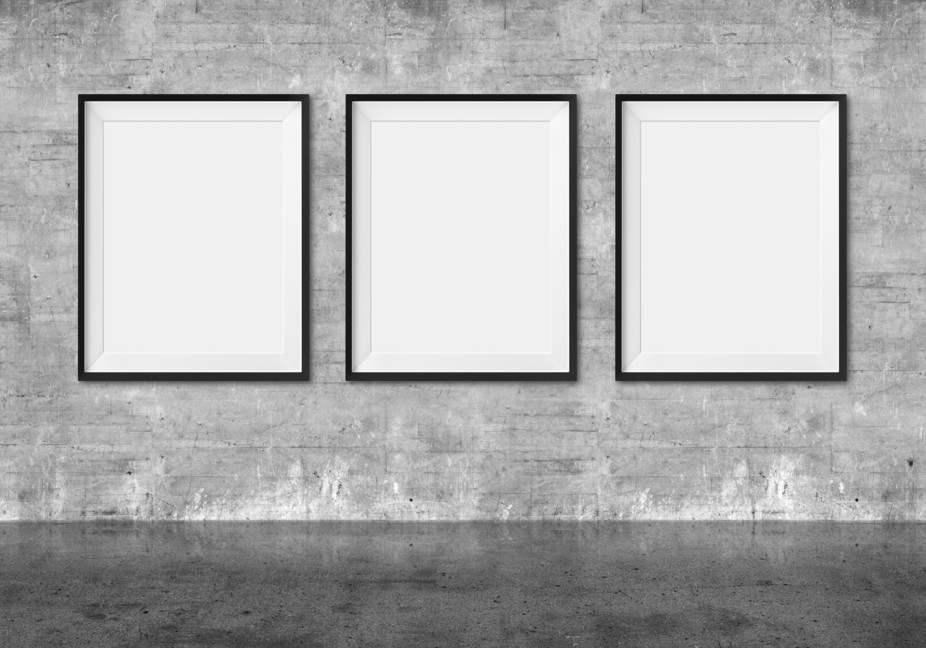Public vs private art collections: who controls our cultural heritage?
The BMW Art Guide 2016 lists 256 private collections worldwide that are currently open to the public. But this figure omits the swiftly increasing number of multi-million dollar, independently operated gallery spaces that are stimulating audiences’ enthusiasm for art. Privately owned museums are on the rise and they’re dramatically changing the cultural landscape.
Eli and Edythe Broad’s eponymous museum in Los Angeles, the Louis Vuitton Foundation in Paris, Budi Tek’s Yuz Museum in Shanghai, and Venetian palaces operated by François Pinault, Miuccia Prada and, most recently, Russian petrochemical billionaire Leonid Mikhelson, are just a few of the institutions that rival, and often outstrip, public museums in their buying power, influence, and blockbuster exhibitions.

In 2015 fashion designer Miuccia Prada opened a gallery complex in Milan dedicated to contemporary art and culture. Shutterstock
Private patronage of the arts is nothing new – Solomon R. Guggenheim established a foundation for his art collection in 1937 and opened a museum two years later. Many good things flow from this kind of philanthropic investment. Developing and housing an art collection can involve the regeneration of urban environments and the commissioning of innovative new architecture. The proposed transformation of Paris’s former Commodities Exchange by Japanese architect Tadao Ando into an exhibition space for the personal collection of luxury brand billionaire François Pinault is a case in point.
Employment opportunities and initiatives for artists will undoubtedly follow. Previously inaccessible works will be made available to the public – a socially oriented step that a private collector is not under any obligation to take. In the absence of adequate state funding for the arts, the generosity of individuals can fill a significant gap in the cultural life of a city. So is there anything to worry about?
Privatising public heritage
Museum culture’s “drift” into private ownership seems part of a familiar pattern. The state rolls back provision and individuals pick up the slack. The question is, who then calls the shots? In the case of the arts, collectors’ personal tastes are increasingly influencing the kind of art that is commissioned, exhibited and ultimately written into history. We now need to ask who collects what and for whom?
We think of museums as trustees of a nation’s cultural capital. Curators choose and preserve artefacts for the benefit of future generations. They shape lasting impressions of communities and their aesthetic values and creativity.
These are weighty responsibilities – and public museums have often been judged harshly for the selective legacies crafted by their key decision-makers. Since the mid-1980s, the feminist activist Guerilla Girls have brought into focus significant gender and ethnic biases in museums around the world through a series of high-profile interventions, poster campaigns and exhibitions.

Feminist art activists the Guerilla Girls draw attention to discrimininatory practices on the part of museums. Ryohei Noda/Flickr, CC BY-SA
The stakes are higher when the burden of public accountability is removed. Free from the demands of representing a wider community, private collectors are able to pursue and exhibit works that reflect their own interests. What art histories will they forge? Will newly self-fashioned museums track the changing patterns of the market, display the idiosyncrasies of the individual, or give voice to the unfamiliar, the politically challenging, the historically neglected?
The new now
These questions attach not just to the acquisition, but also to the sale of art. Publicly funded museums adhere to rules about selling works in their collection (“deaccessioning”). Such regulation is important for artists whose reputations may depend on the grant of museum endorsement. In contrast to public institutions, private collectors enjoy the prerogative of selling works when it suits them.
Consider the evolution of Charles Saatchi’s collection. Saatchi forged the Young British Art brand in the 1990s, making Damien Hirst, Tracey Emin, Marc Quinn and others familiar to audiences around the world.

Shutterstock
While works by that group were once a cornerstone of Saatchi’s Gallery, they no longer figure significantly in his collection. The gallery, housed at the Duke of York’s HQ in Chelsea, is dedicated to the “new” and understands that mission as requiring regular disposal of the past whether by way of gift or sale.
This is not unprecedented in the case of museums that provide snapshots of the “contemporary”. But it does raise questions about the ways in which we expect art institutions to meet the needs of audiences through time.
Museums are lasting repositories of collective memory, spaces that debate the past and contest urgent issues in the present. That means we need to keep a watchful eye on the ambitions and policies of institutions that shape our cultural landscape and consider how they impact on the public interest both now and in the future.
One thing that history has shown us is that the art world benefits from a diverse range of voices and perspectives. Models of public-private partnership that foster knowledge-sharing need to emerge, enabling new and established museums to learn from each other and from the past.
At the very least, art audiences need to be aware of shifts in the direction of collective heritage and not stand by as economic influence becomes a source of cultural domination. It is only by enhancing exchange between artists, institutions and their publics that we have a chance to secure a dynamic art “ecosystem” for the 21st century and beyond.
Kathryn Brown, Lecturer in Art History, Loughborough University
This article was originally published on The Conversation. Read the original article.

